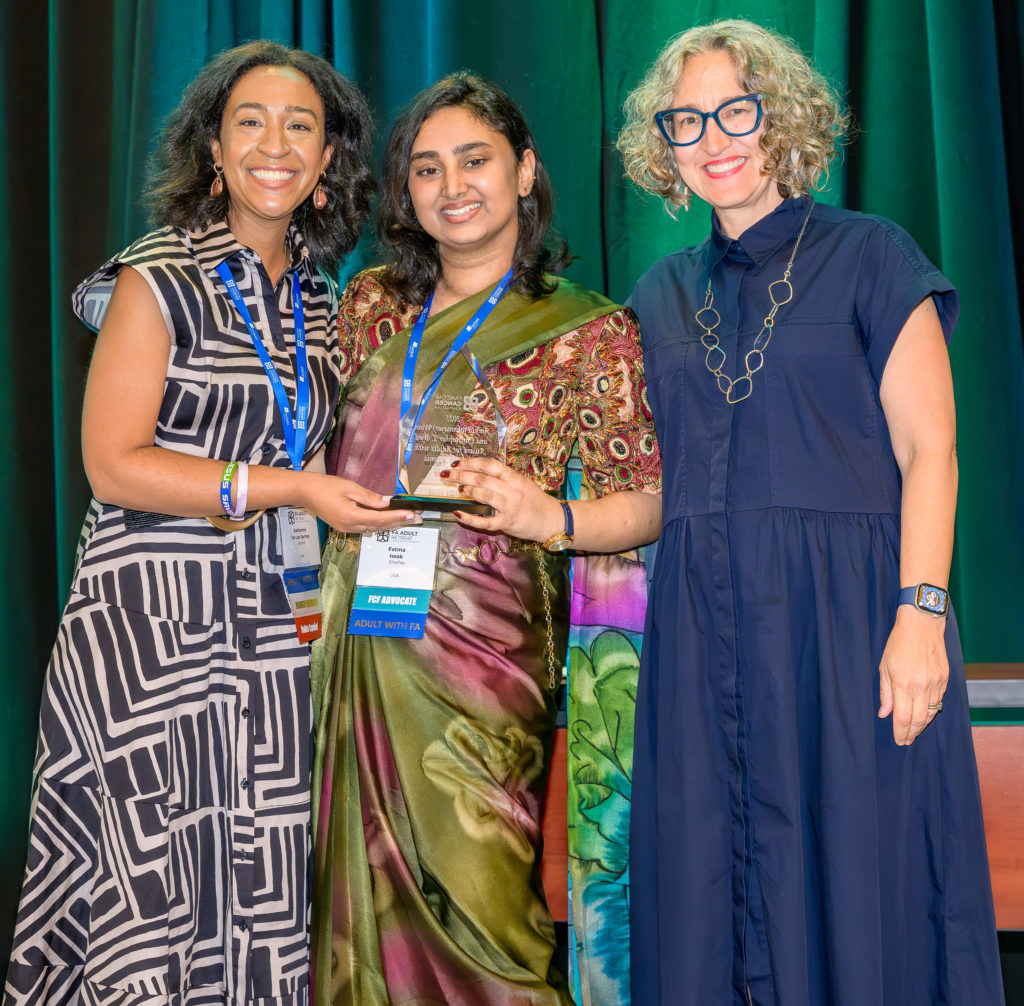Research is the answer to one day making FA a treatable, manageable disease. Here, you'll discover the most recent strides in FA research and activities funded by FCF. Every quarter, we'll bring you updates on newly funded grants, ongoing projects, and significant milestones.
Press & Media
About Fanconi Anemia and FCF
Fanconi anemia (known as FA) is a genetic DNA repair disease that can affect every system of the body. In people with FA, cells have less ability to repair themselves and as a result, errors in these cells will increase over time, causing cancer and often bone marrow failure. The Fanconi Cancer Foundation (FCF) is the leading organization worldwide dedicated to curing this disease. Our mission is to improve the lives of people affected by Fanconi anemia and associated cancers worldwide by funding exceptional research and empowering our community.
Media Contacts
For media inquiries, please reach out to:
Sherri Van Ravenhorst, Communications Director
Email: sherri@fanconi.org
Media Resources
Access our collection of media resources to support your coverage of the Fanconi Cancer Foundation:
- High-resolution logos: Download Logos
- High-quality photos: Download Photos
Are you an FA community member looking to share your story with the media? We can help!
Testimonials and Impact Stories
Read inspiring quotes and stories from families and leaders that highlight the impact of our work.
The Latest
News & Events


These projects, made possible through the commitment of FCF and our funding partner, Fanconi Canada, advance collaborative research that is improving early detection, guiding cancer prevention strategies, and laying the groundwork for future treatments.

A Global Commitment to Care Born in Zanzibar and now living in New York, Fatma has dedicated herself to improving how healthcare is experienced, not just delivered. She currently works as a medical scribe at an OB-GYN clinic, supporting patients...

